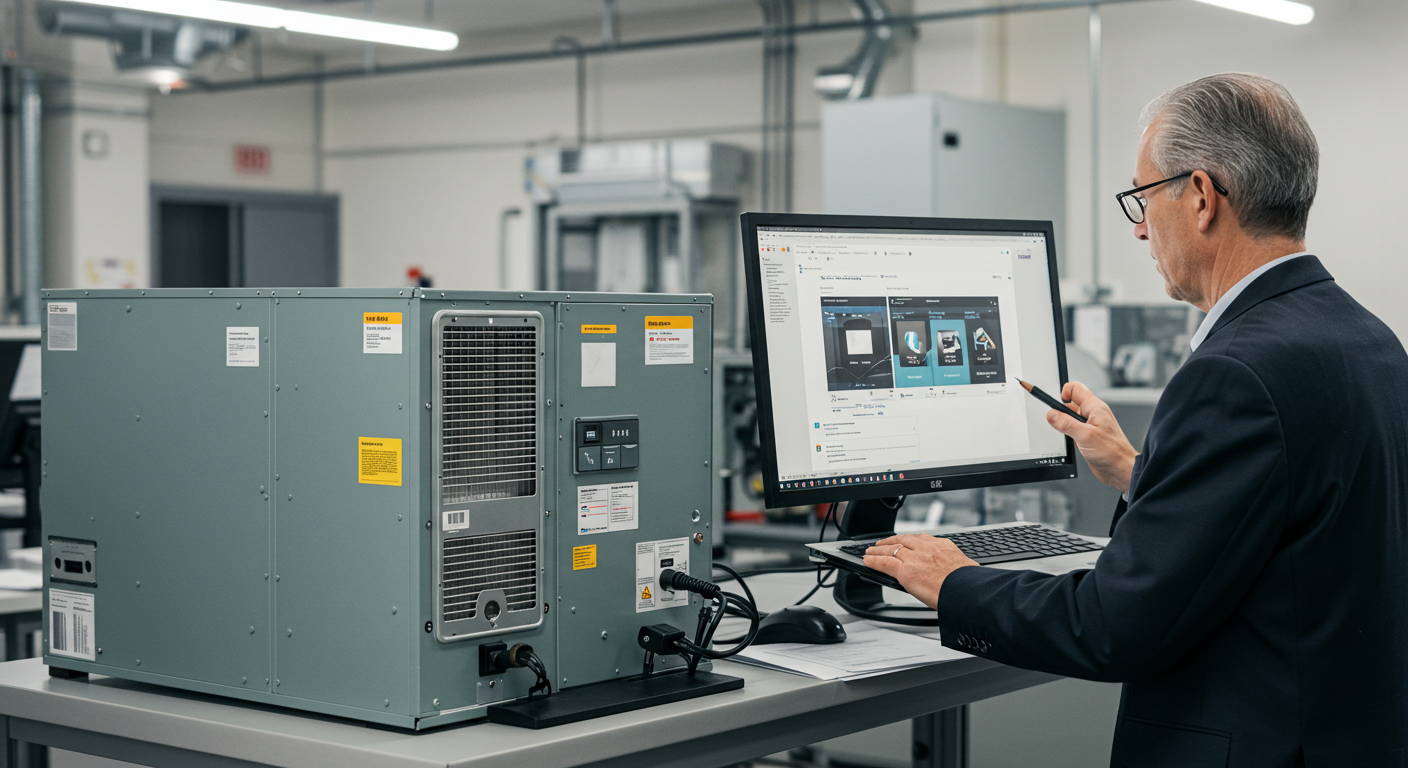Mastering the Balance: Growth and Quality in Your HVAC Business
In a rapidly evolving HVAC industry, how do you keep your business growing without compromising on quality? With the U.S. HVAC market projected to hit $133.7 billion in 2025, there’s a lot at stake. Whether you’re dealing with residential, commercial, or industrial segments, maintaining high service standards while scaling is crucial. Let’s dive into how you can achieve this balance and ensure sustainable HVAC business growth.
Understanding the Market Dynamics
As of 2025, residential HVAC accounts for 40% of the market share, largely driven by upgrades to energy-efficient systems. Meanwhile, commercial HVAC makes up 35%, thanks to regulatory compliance and the push for efficient buildings. The industrial segment, though smaller at 25%, is growing as air quality standards rise. To capitalize on these trends, you need to have a clear understanding of each sector’s demands and how they align with your business goals.
Strategies for Sustainable HVAC Business Growth
Growth requires strategic planning and an eye on quality. Here are some key strategies to consider:
- Diversification: Spread your services across residential, commercial, and industrial sectors to protect against market fluctuations.
- Focus on Efficiency: Improve operational efficiency to handle increased demand without sacrificing service quality.
- Embrace Technology: Smart HVAC systems are on the rise. Embrace AI and IoT-enabled units to meet consumer demands for efficiency and sustainability.
- Employee Training: Invest in training to equip your team with the skills needed to handle advanced systems, like Ruud’s Renaissance™ rooftop units.
Maintaining Quality During Growth
Ensuring quality while expanding is a challenge every HVAC business faces. Here are some best practices:
- Prioritize Customer Satisfaction: Keep communication clear and prioritize quick response times to maintain high customer satisfaction.
- Regular Quality Checks: Implement regular checks and balances to ensure every installation and service meets your standards.
- Leverage Partnerships: Work with distributors who offer training and support, helping you reduce callbacks and improve service quality.
- Adapt to Regulations: Stay ahead of regulatory changes to avoid penalties and increase operational costs.
Conclusion
Balancing growth and quality in your HVAC business is no small feat. But with strategic planning, a focus on efficiency, and a commitment to quality, you can achieve sustainable growth. Remember to invest in your team and embrace technology to stay ahead of the curve. By doing so, you’ll not only meet but exceed your customers’ expectations, ensuring long-term success.
Ready to take your HVAC business to the next level? Start implementing these strategies today and watch your business thrive!
FAQ: Balancing Growth and Quality in HVAC Business
How can I improve HVAC service quality while expanding?
Focus on training your employees, leveraging technology, and maintaining strong customer relationships to improve service quality.
What are the best practices for sustainable HVAC business growth?
Diversification, operational efficiency, embracing smart technology, and staying updated with regulations are key practices for sustainable growth.
Why is employee training crucial for HVAC business growth?
Well-trained employees can handle advanced systems, reduce errors, and improve customer satisfaction, directly impacting your business growth.
How do I keep up with HVAC industry regulations?
Stay informed through industry publications, attend seminars, and work with partners who provide regulatory updates and support.
What role do smart HVAC systems play in business growth?
Smart HVAC systems meet rising consumer demands for energy efficiency and sustainability, helping you stay competitive and drive growth.







